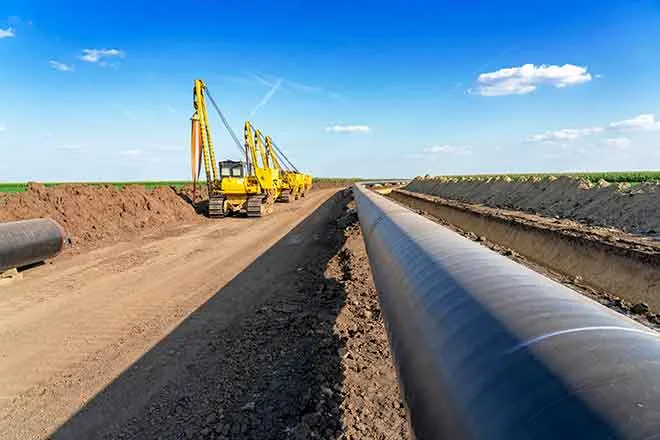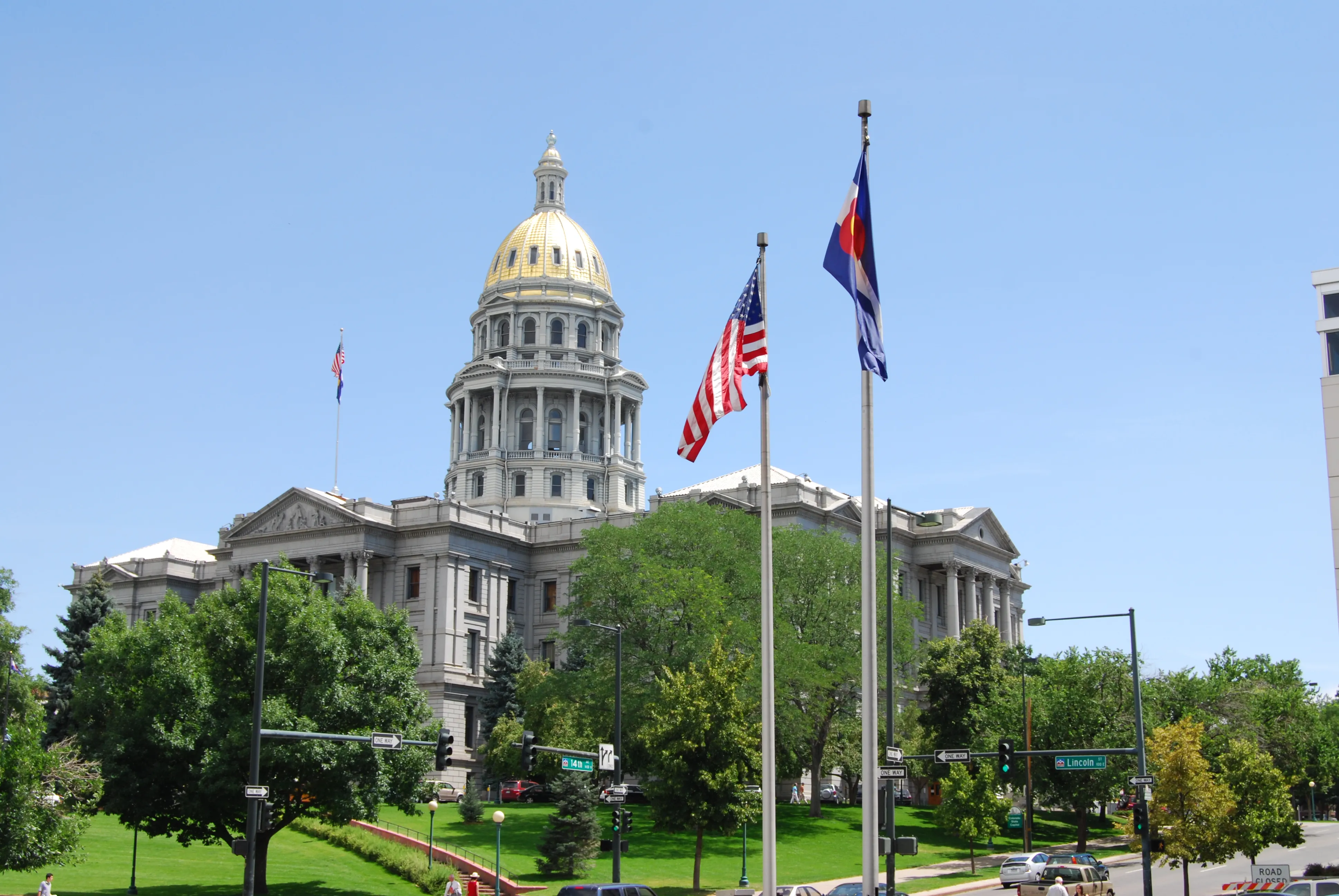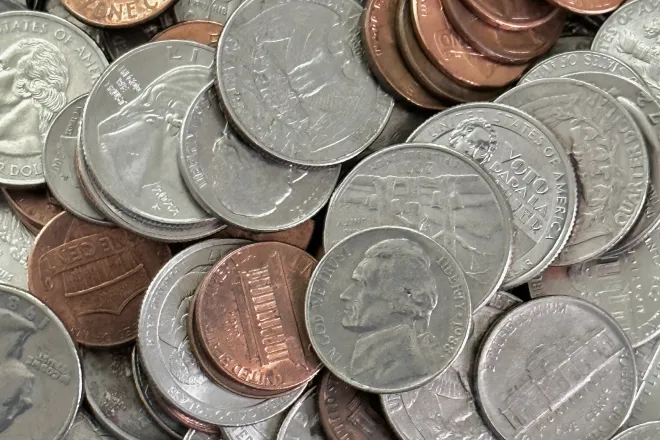
Colorado has ninth highest gas prices, AAA says
(The Center Square) – Colorado has the ninth highest gas prices in the nation at an average of $3.53 per gallon of regular grade gas, according to AAA.
The average represents a decrease of more than 7 cents per gallon since last month, but is still around 30 cents above the national average, the survey shows. At this time last year, Colorado motorists paid an average of $2.26 for a gallon of gas.
Mid-grade and premium gas users are spending an average of $3.86 and $4.15 per gallon, respectively. A year ago, the cost of each grade was $2.58 and $2.86. Diesel now costs an average of $3.45 per gallon, up $1.26 from a year ago.
Areas such as Longmont, Boulder, Pueblo, and Vail have higher average gas prices than Colorado’s statewide average. Vail leads all areas tracked by AAA with an average price of $3.79.
Meanwhile, more populated areas like Denver and Fort Collins had lower than average gas prices, at $3.49 and $3.47, respectively.
Despite increasing production, Andrew Gross, a spokesperson for AAA, estimates that COVID-19 concerns and supply chain disruptions are the primary culprits for the elevated gas prices.
“There may be some relief on the horizon due to the news that OPEC and its allies might ramp up production increases faster than previously agreed,” he said in a statement.
According to new data from the Energy Information Administration (EIA), the total domestic gasoline output increased by more than 200,000 barrels of crude oil last week. However, the average price per barrel remains near $75, which is keeping gas prices elevated across the country.
AAA found that the national average price for a gallon of gas increased two cents to $3.20 last month, the highest average since October 2014. The price is also $1.02 higher than this time last year.
AAA says prices could begin to decline if OPEC agrees to produce an additional 400,000 barrels of crude oil per day in November. The group previously agreed to a 400,000 barrel per day increase back in June that is scheduled to end in April 2022.

















